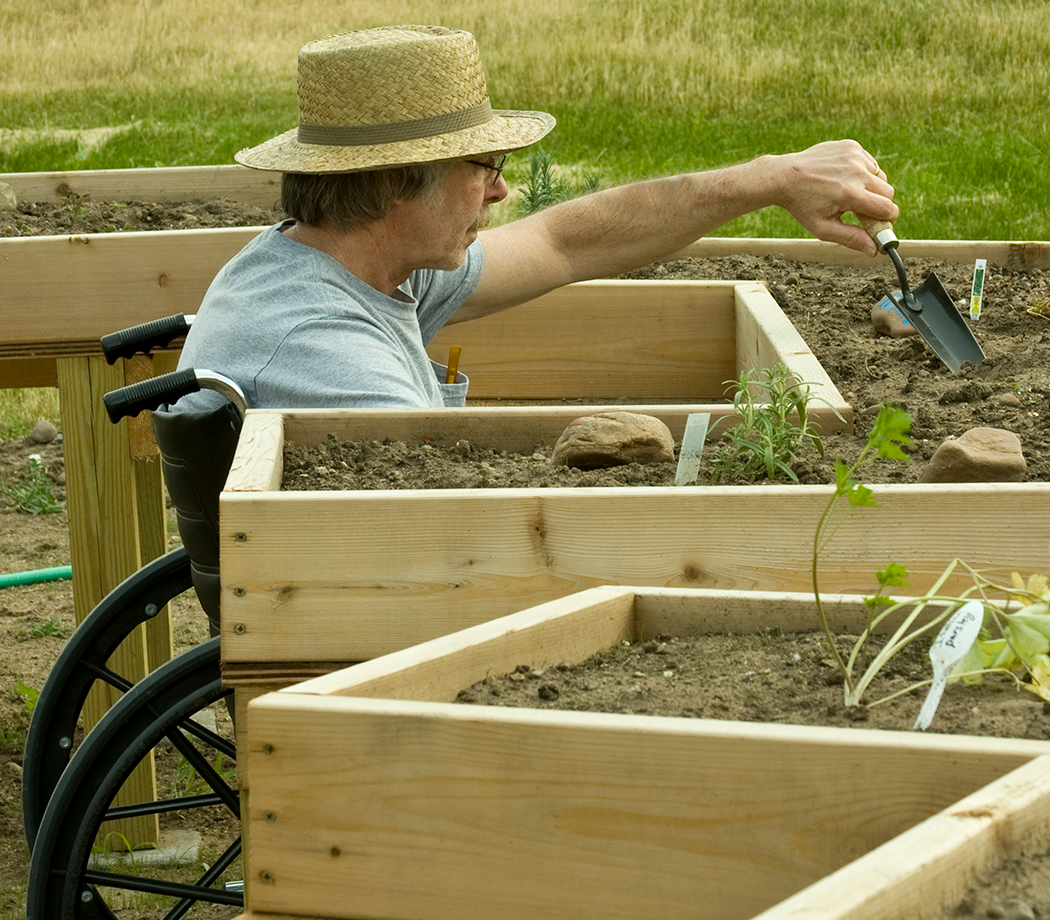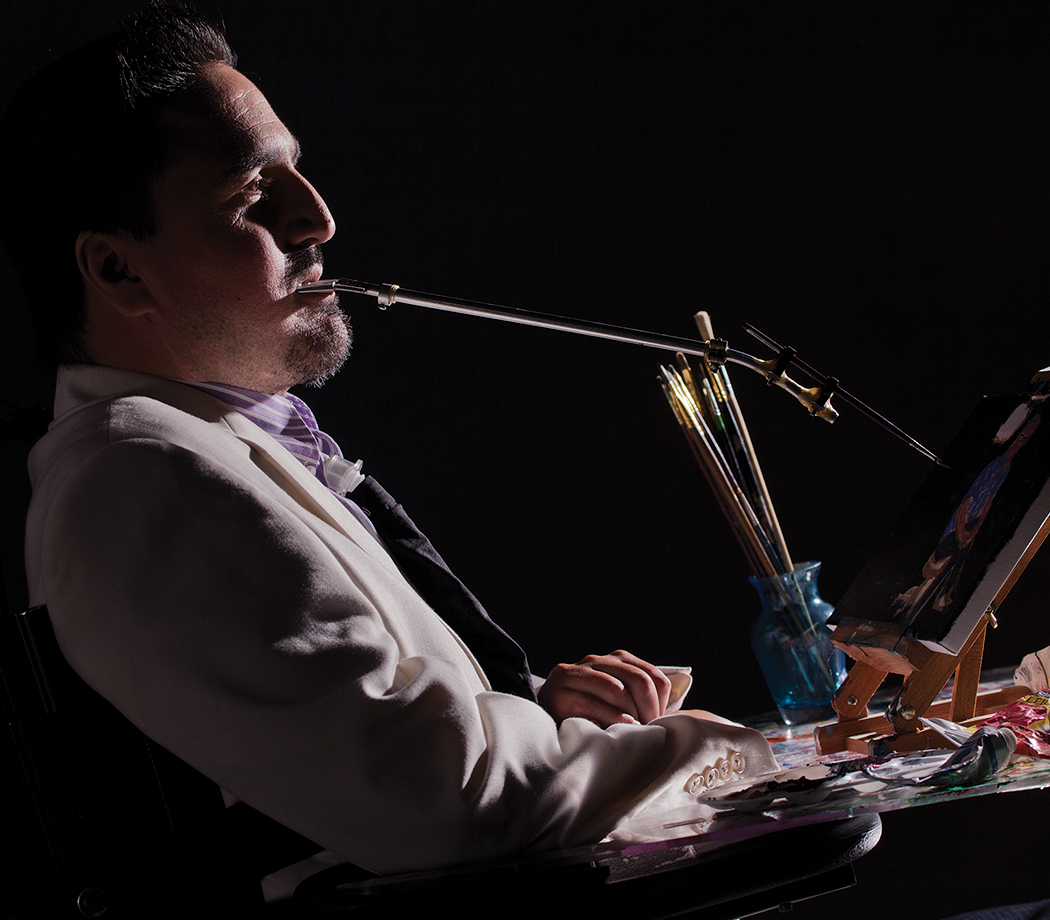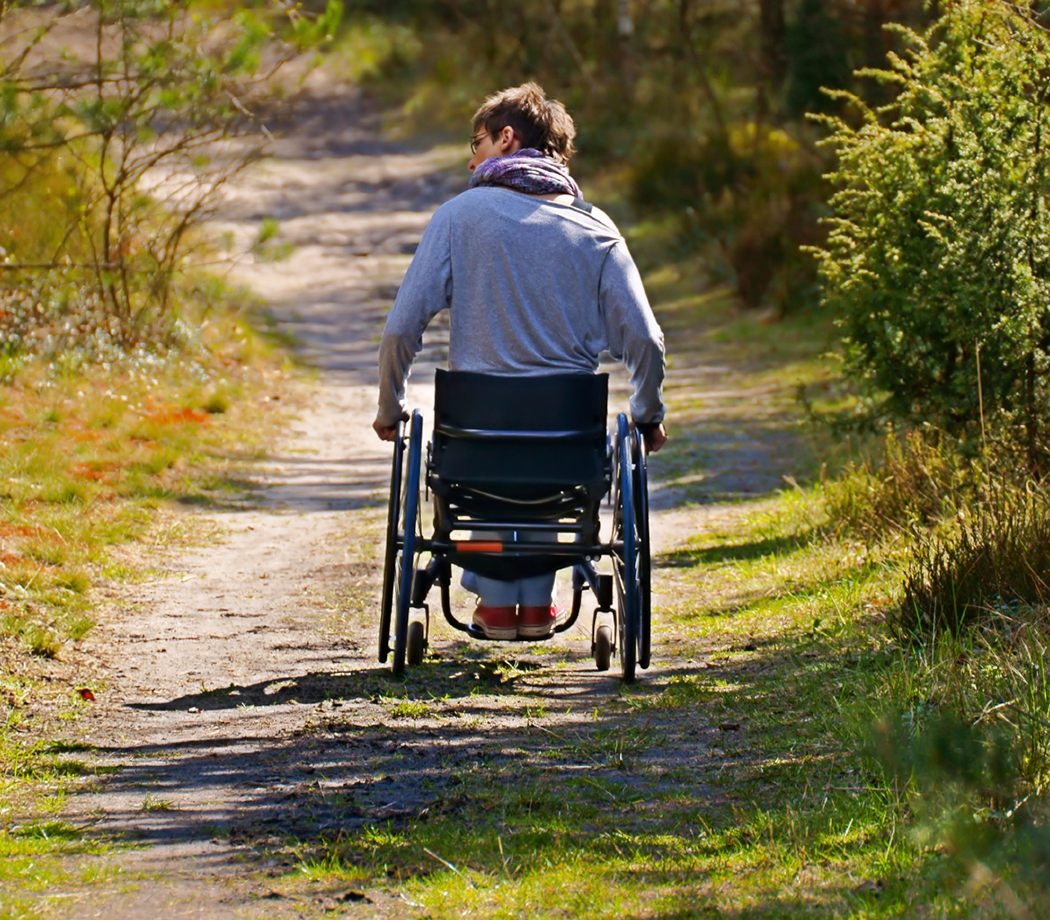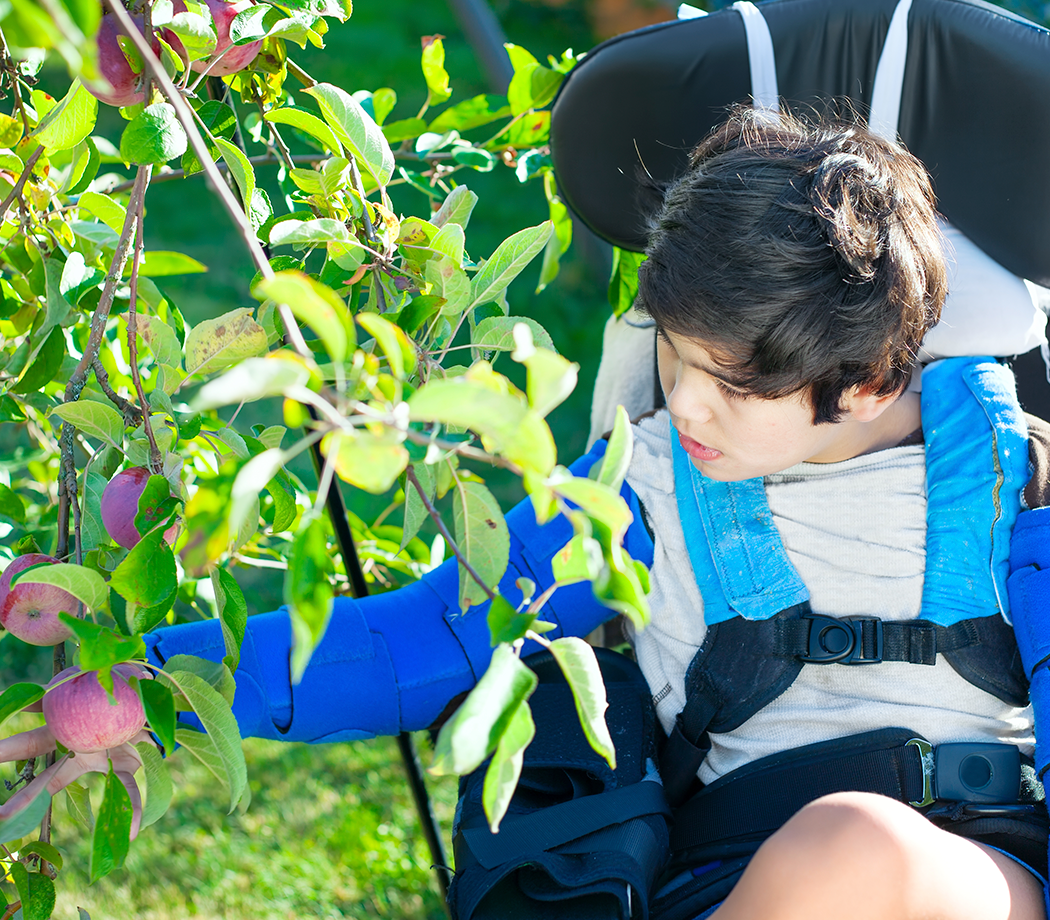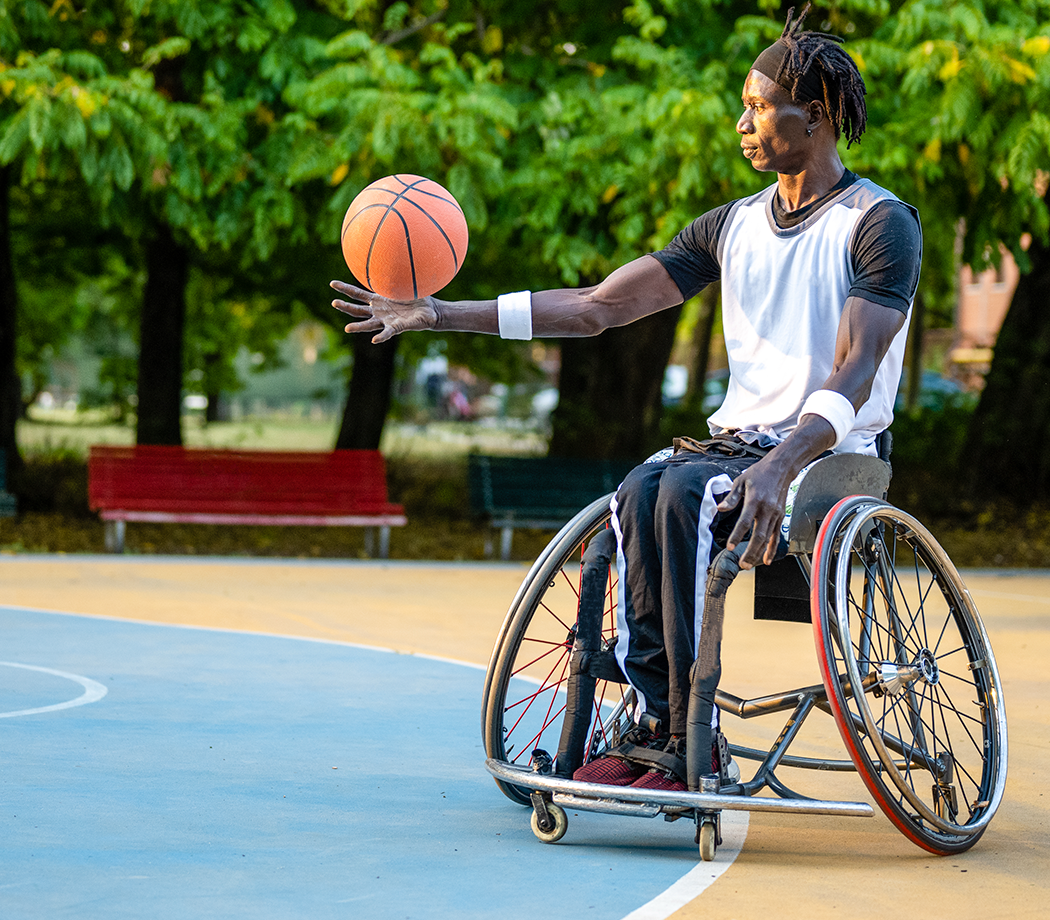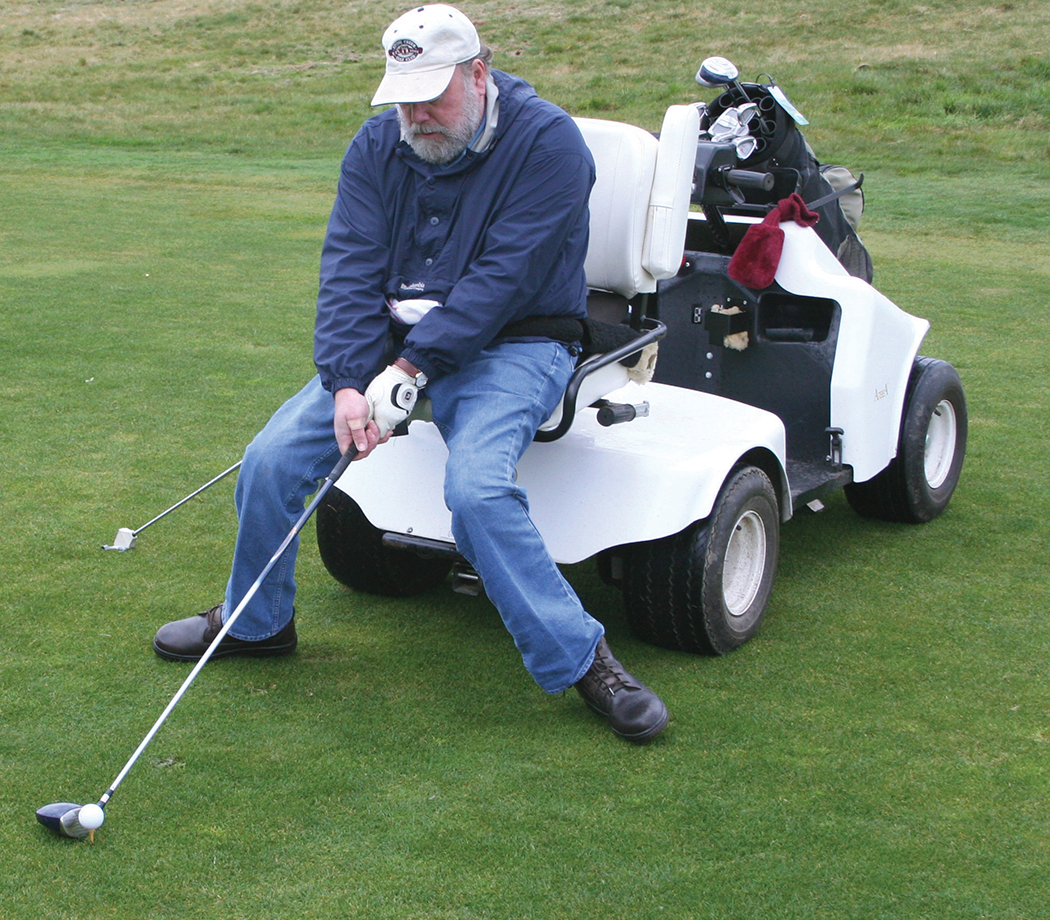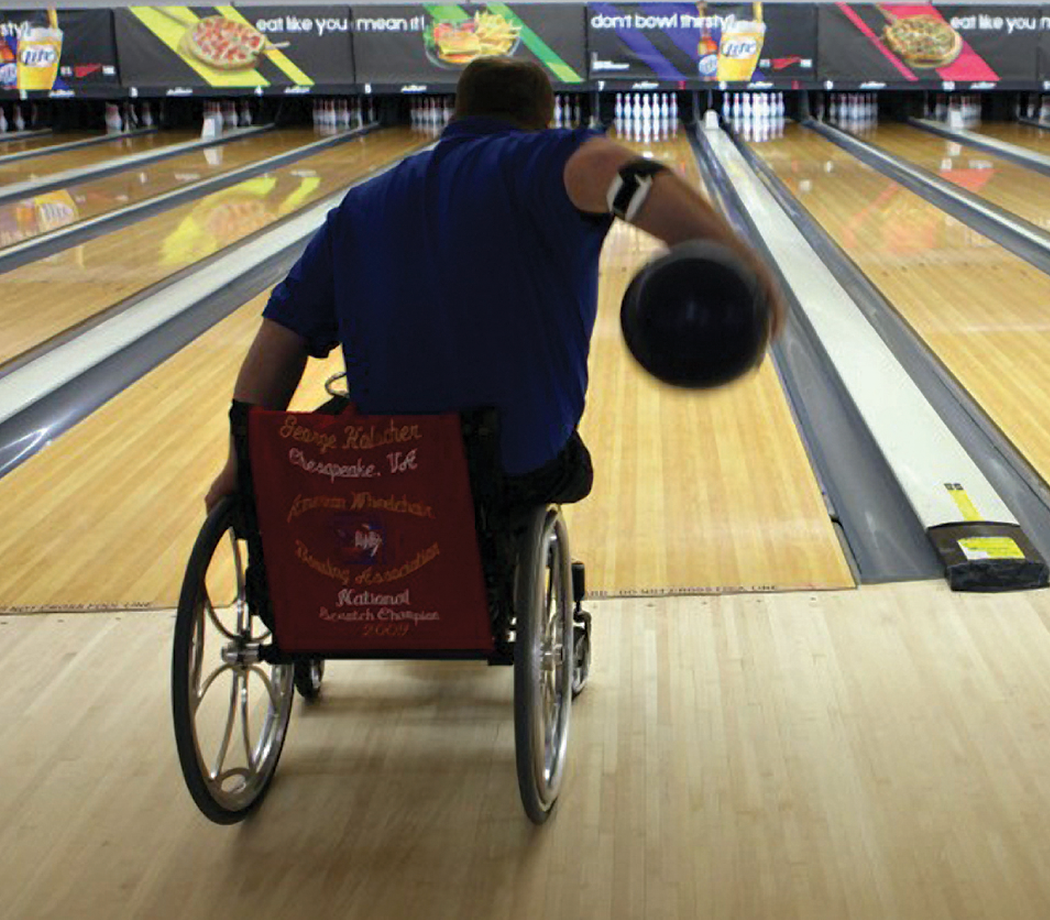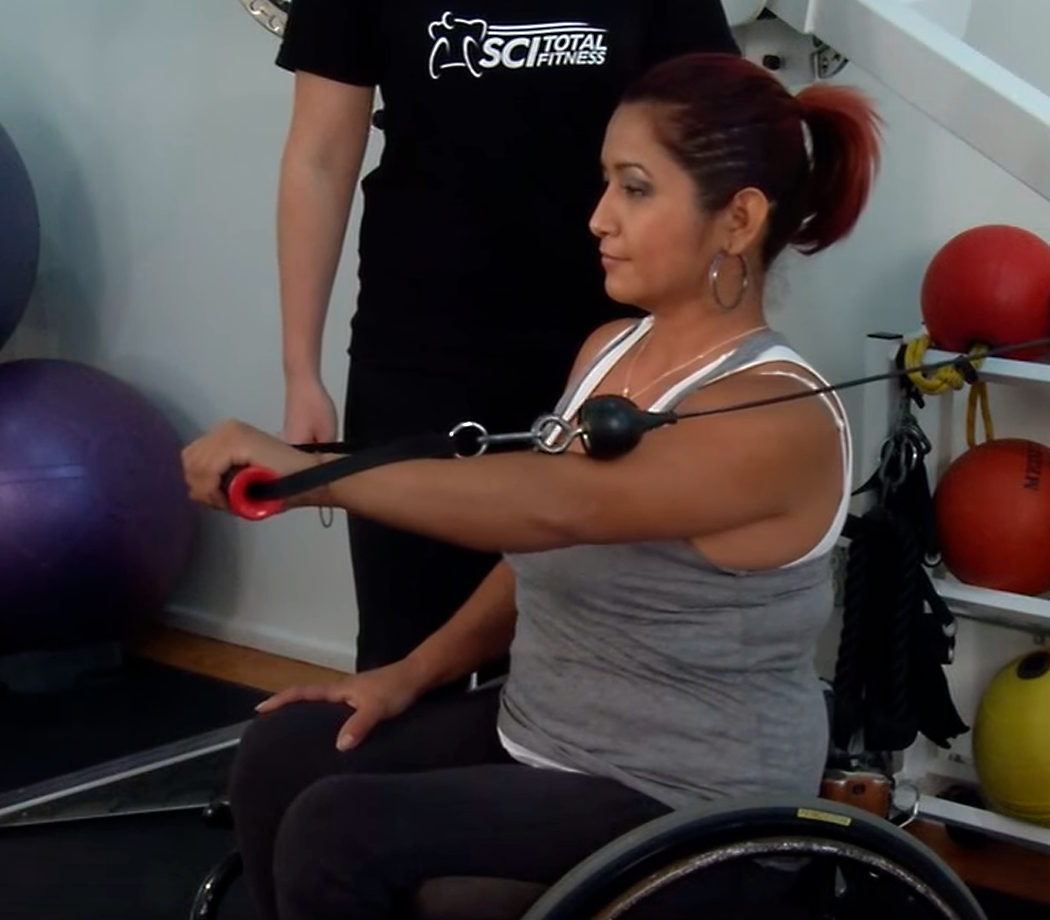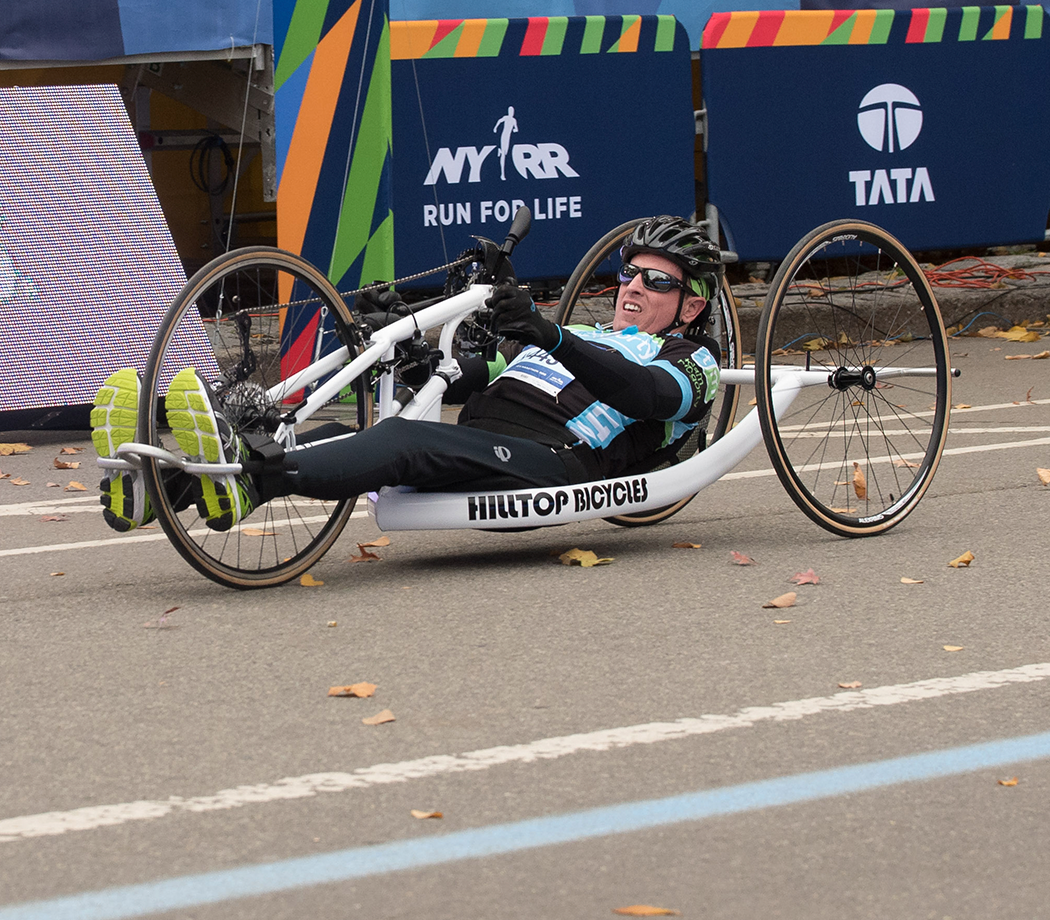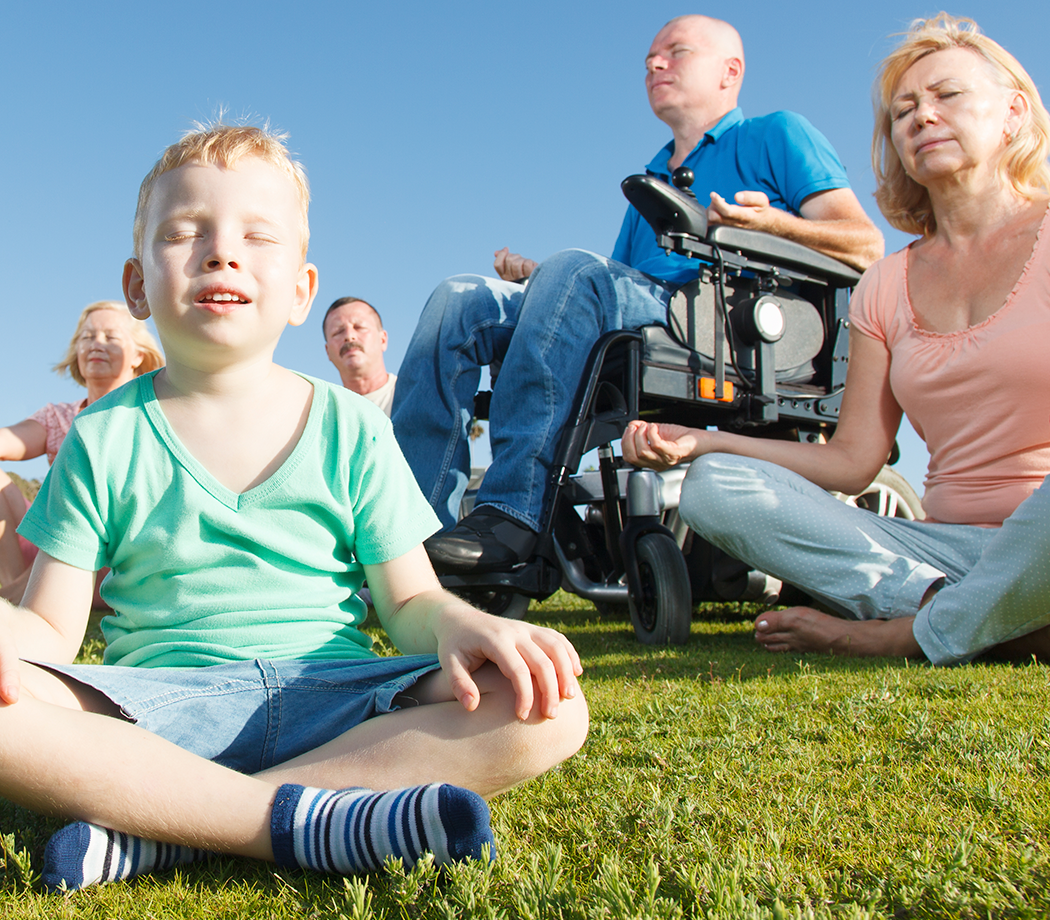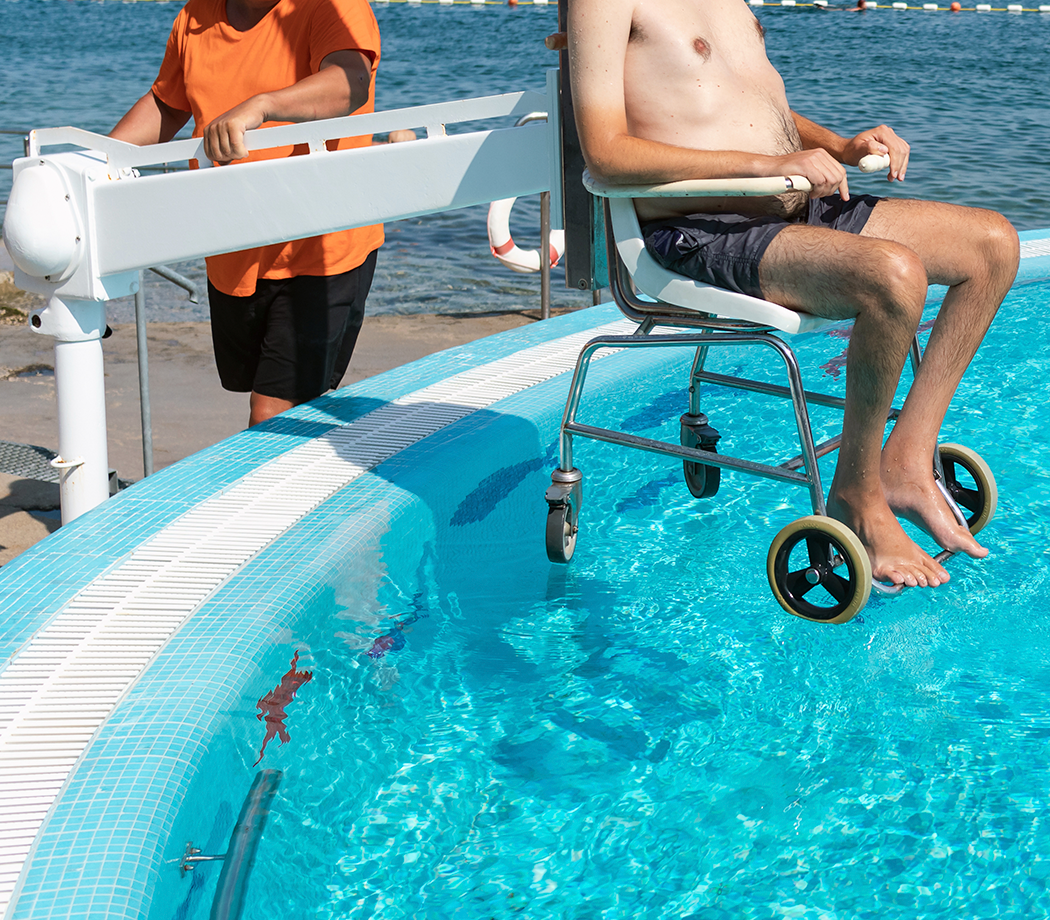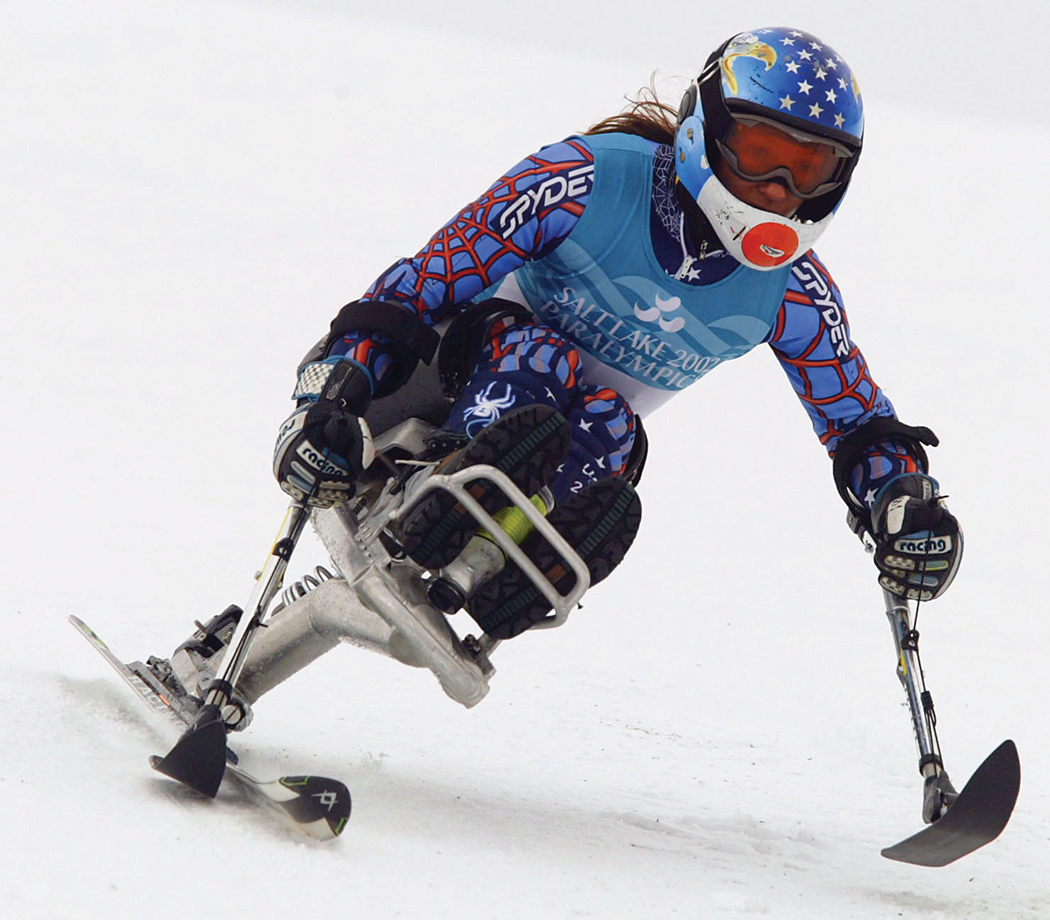Team Sports
Basketball
Basketball is probably the most well-developed sport for wheelchair users in the United States, for good reason. The game has been played for almost seventy years, originated by World War II vets in rehab on the East and West coasts.
There are teams and divisions all over the country for men, women and juniors. Some colleges suit up wheelchair hoops teams.
Contact the National Wheelchair Basketball Association for more information.
Quad Rugby
Quad rugby, or murderball, is a combination of soccer, keep-away and demolition derby. Rugby fans say it’s the fastest growing wheelchair sport in the world.
There are dozens of competitive teams in the United States. Each team utilizes four players, mostly quads (players must have all four limbs affected by disability). A player has fifteen seconds to advance the ball into the opponent’s half-court. The player with the ball must pass or dribble every ten seconds or a turnover is awarded.
The idea is to cross the end line on the court and score a point. The other guys do what they can to stop you. It’s not a game for polite recreation.
For more information, visit U.S. Quad Rugby Association.
Sled Hockey
Sled hockey is played by people who use their arms to propel themselves by digging picks on the ends of two short hockey sticks into the ice. Players are seated on sleds, which are affixed to two hockey skate blades under the seat.
The sleds are about three inches off the ice and are anywhere from two to four feet long, depending on the size of the player.
There are few differences between this and the stand-up game. The puck is the same, as are the pads. Protection is needed, as there is a lot of checking. International competition is fierce, including the Paralympic Games.
USA Hockey offers additional information and resources.
Softball
It’s not easy to field full teams of wheelchairs for a Saturday afternoon pick-up game. The best chance for action occurs at an annual tournament sponsored by the National Wheelchair Softball Association, where thirty or so teams show up to compete.
The game is much the same as slow-pitch softball, using a sixteen-inch slow-pitch ball, with base paths shortened to fifty feet. There is no adaptive equipment.
Volleyball
Volleyball has been adapted to include seated persons with many types of disability. The net is about three feet high and the court is smaller than a standard volleyball setup.
Bump, set, spike – the major differences between the standing game and the sitting game are that players can block the serve and that one bun must be in contact with the floor when a player makes contact with the ball.
For more information or to find a local program, visit USA Volleyball.
Additional Resources
- Achilles International encourages disabled people to participate in long-distance running. ATC provides support, training and technical expertise to runners with all kinds of disabilities.
- Challenged Athletes Foundation funds sports wheelchairs, handcycles, mono-skis and sports prosthetics, as well as expenses for training and competition.
- Disabled Sports USA offers nationwide sports programs to anyone with a physical disability. Activities include winter skiing, water sports, summer and winter competitions, fitness and special sports events.
- National Center on Health, Physical Activity and Disability (NCHPAD) offers information on accessible fitness, recreation and sports programs, stress management, nutrition, equipment vendors, etc.
- World T.E.A.M. Sports brings individuals with and without disabilities together in unique athletic events like mountain climbing, white water rafting, biking, and rides around the world.

